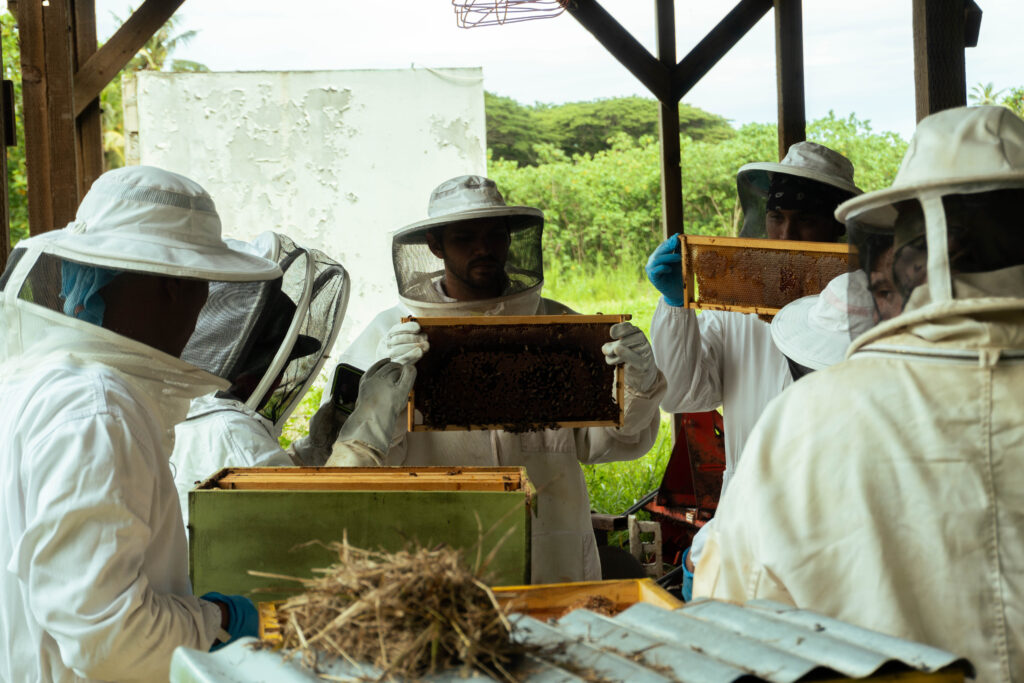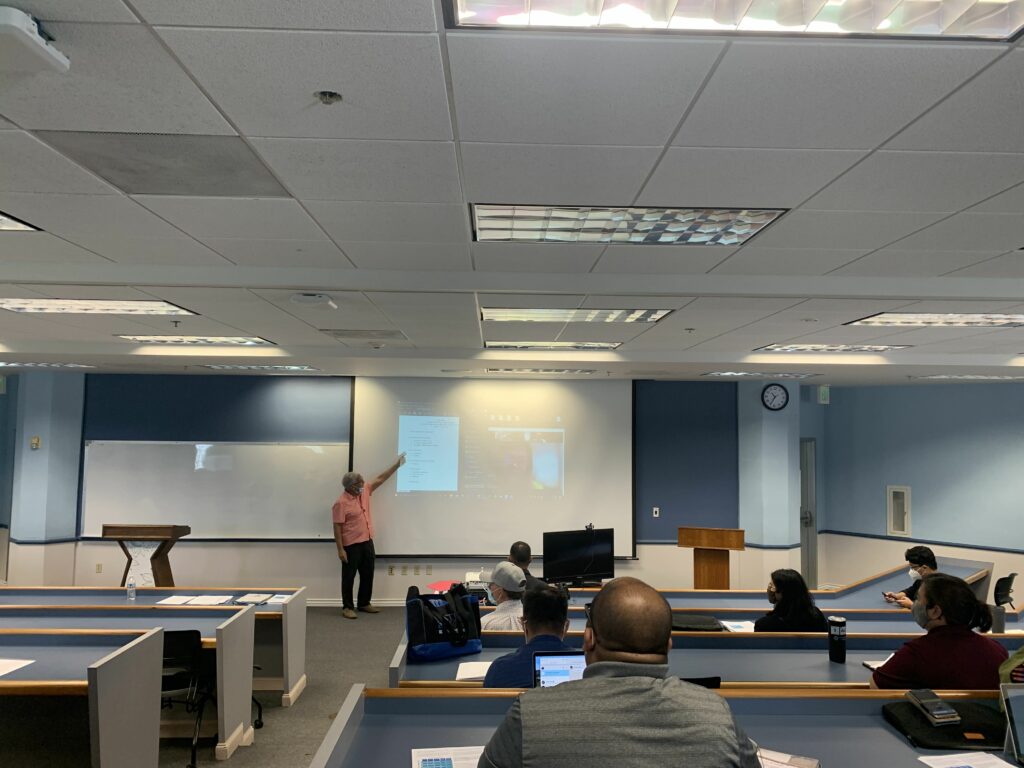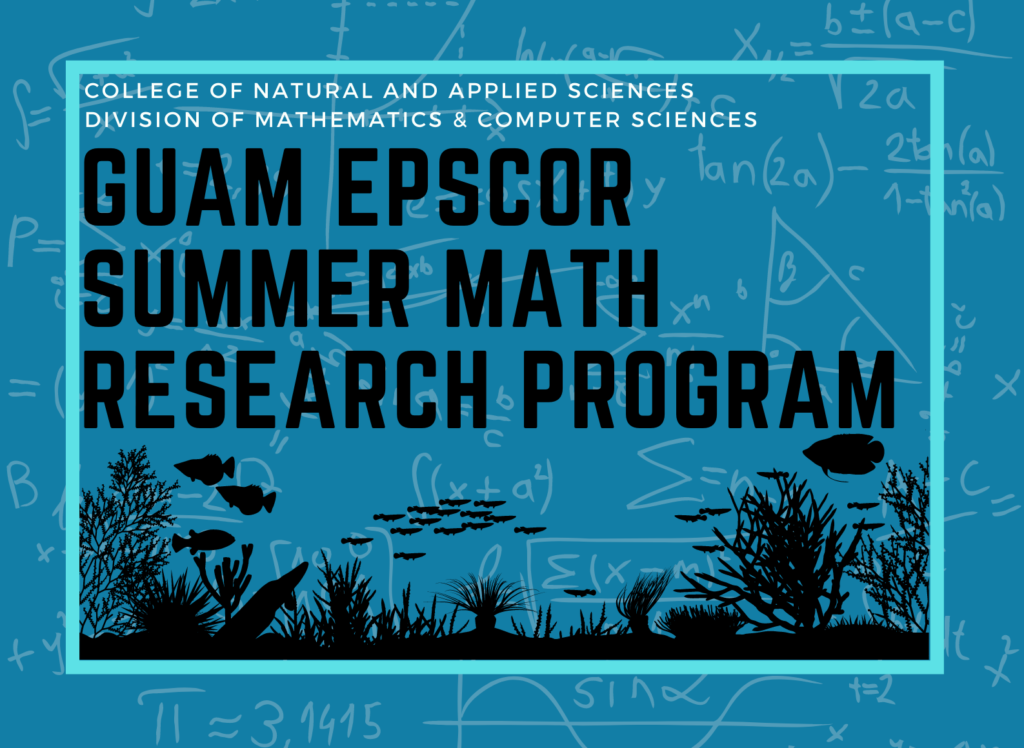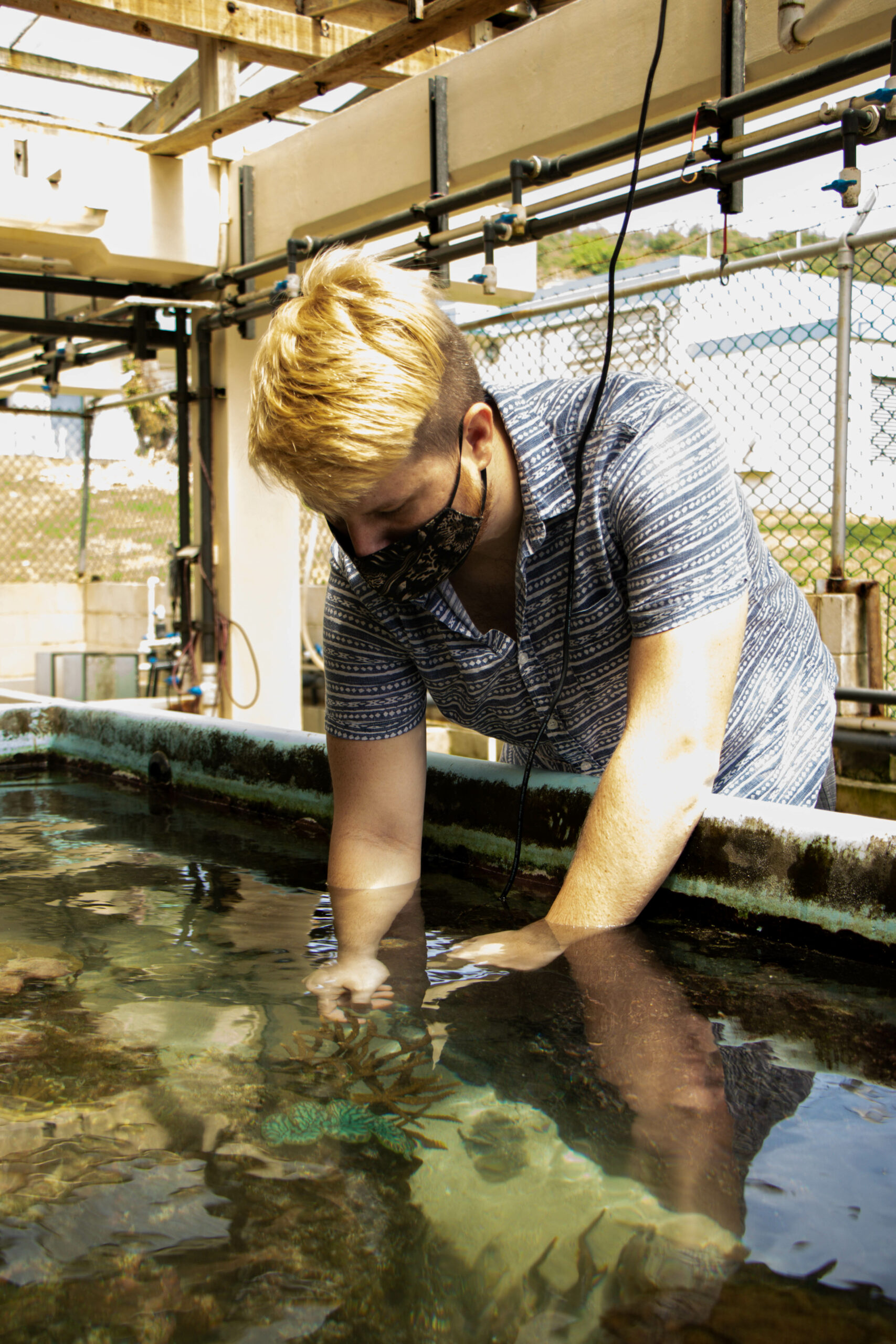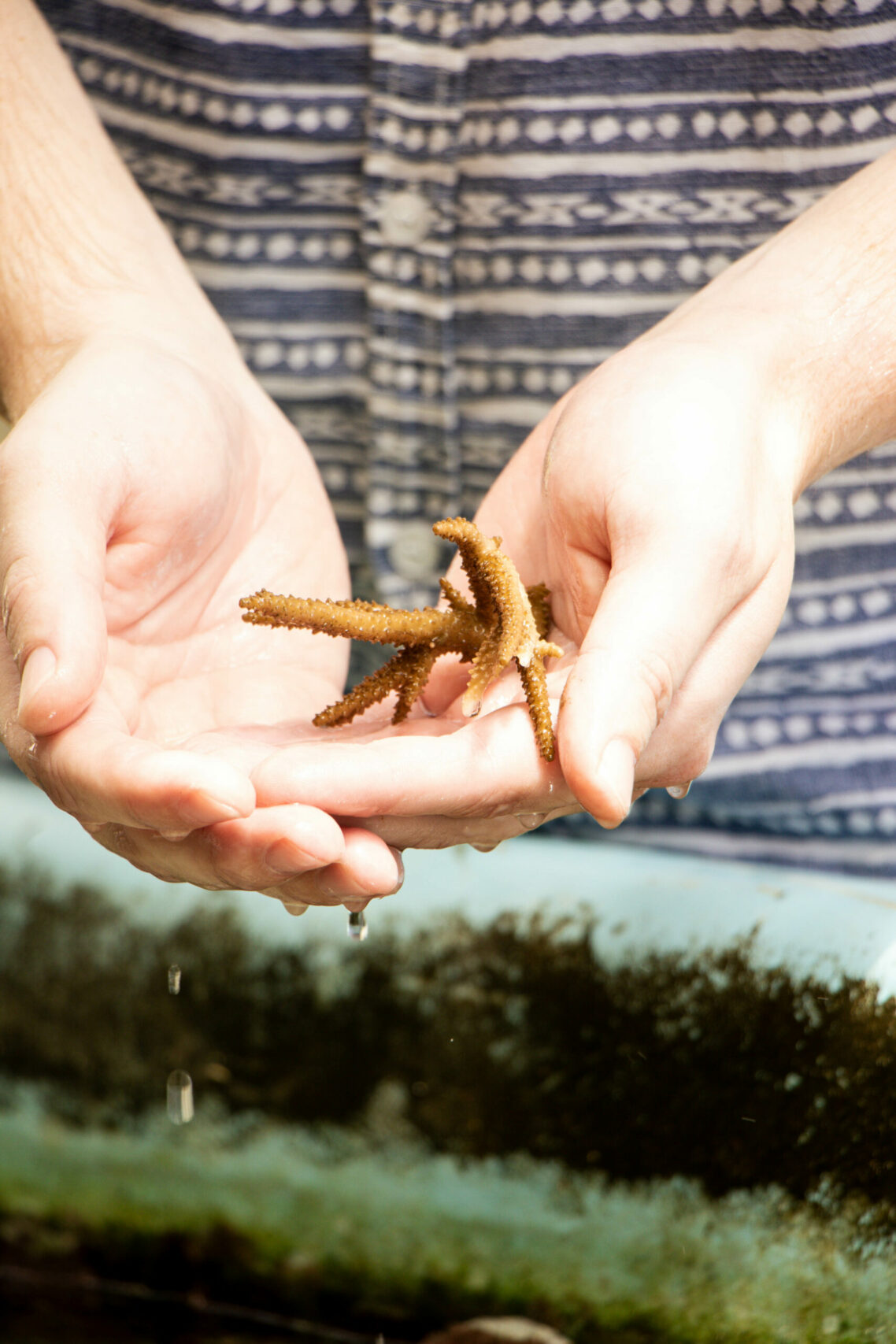
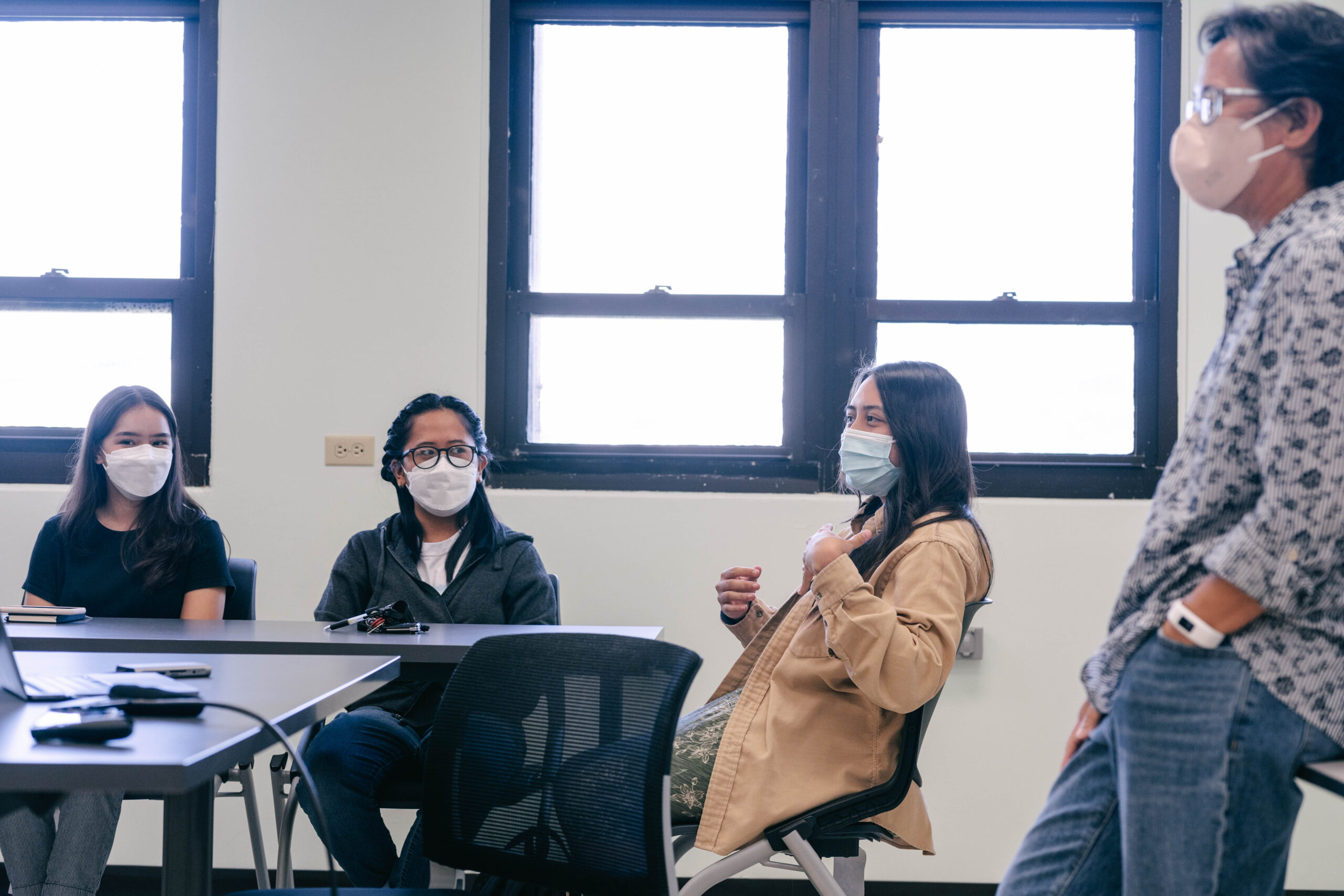

The latest cohort of student researchers expanding the University of Guam’s STEM footprint convened for their first Near Peer mentorship seminar, Feb. 18, at the UOG School of Education.
Near Peer is a program tailored to champion the research efforts of students under the National Science Foundation’s (NSF) Inclusion Across the Nation of Communities of Learners of Underrepresented Discoverers in Engineering and Science (INCLUDES) Supporting Emerging Aquatic Scientists (SEAS) Island Alliance Guam Hub and Guam Established Program to Stimulate Competitive Research (EPSCoR) grants.
From data collection and personal development to preparing for the annual Society for Advancement of Chicanos/Hispanics and Native Americans in Science National Diversity in STEM Conference, students can consult a diverse team of fellow researchers and college students for guidance in different aspects of their research through knowledge exchange and shared experiences.
A primary focus of the seminars is to cultivate an awareness of how the students’ research experiences impact the evolution of their self-identity, as well as the shaping of their education and career path in STEM, according to Cheryl Sangueza, NSF INCLUDES SEAS Island Alliance co-principal investigator and steering committee member, who also serves as the student experience and Near Peer seminar lead.
“This unique depth of reflection brings a keen sense of self. This sense of self helps learners illuminate the impacts of their experience beyond ‘science research’. Another way our Near Peer seminars benefit is that they model a culturally relevant way of mentoring. Asking students about their evolution, grounded in their experiences, lets them know their story is important!” Sangueza stated.
Program participants can look forward to discussing the diversity of career paths within their individual interests, including drone use and science communications, in upcoming seminars. As the conference season approaches, they will learn to shift from delivering traditional science fair presentations to credible storytelling in the science arena while leading with the value of science in Guam and its cultural significance.
Sangueza hopes the students will gain the understanding that the island and region have immense value and global contributions in science and culture through their voices; develop a love of learning about self; have a stronger connection to Guam’s environment; and strengthen their passion, resilience, humble confidence, and the desire to join the cadre of local experts in STEM.
“It was nice seeing how everyone has their different projects and focus they’re working on. It gives us an opportunity to reach out to other people, and, maybe, inspire other people or future cohorts to see what we’re doing and pursue these research programs,” said Raianne Quichocho, NSF INCLUDES SEAS Island Alliance Guam Hub undergraduate fellow.
“Overall, this is going to help me as a student and, also, pursue a career in marine science. I’m really excited for that,” Quichocho concluded.
UOG has received NSF funding to broaden the participation of underrepresented students in STEM fields through the INCLUDES and EPSCoR programs.
Near Peer seminars will be held on a monthly basis.






